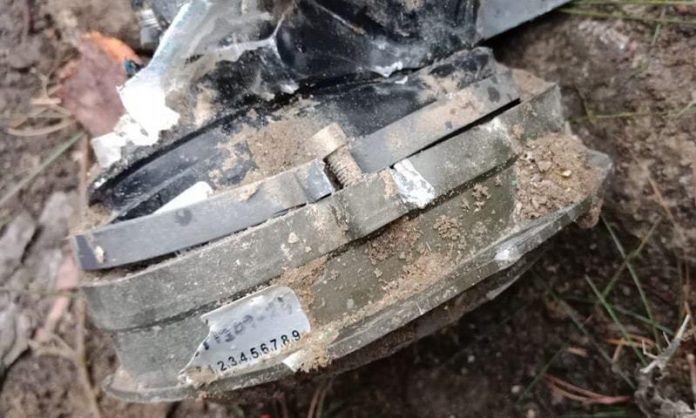High-resolution satellite images reviewed by Reuters debunk India’s claims that its warplanes had hit a site and killed a large number of alleged terrorists in Balakot on February 26.
The images produced by Planet Labs Inc, a San Francisco-based private satellite operator, show at least six buildings on the site on March 4, six days after the airstrike. These are the first satellite images released of the site of the Balakot airstrike.
There are no discernible holes in the roofs of buildings, no signs of scorching, blown-out walls, displaced trees around the structures or other signs of an aerial attack.
The images cast further doubt on statements made over the last eight days by the Indian government of Prime Minister Narendra Modi regarding the strike early on February 26.
India’s foreign and defence ministries did not reply to emailed questions by Reuters sent in the past few days seeking comment on what is shown in the satellite images and whether they undermine its official statements on the airstrikes.
Jeffrey Lewis, director of the East Asia Nonproliferation Project at the Middlebury Institute of International Studies, who has 15 years’ experience in analysing satellite images of weapons sites and systems, confirmed that the high-resolution satellite pictures “don’t show any evidence of bomb damage”.
The Indian government has not publicly disclosed what weapons were used in the strike. However, Indian government sources told Reuters last week that 12 Mirage 2000 jets carrying 1,000 kg (2,200 lbs) bombs carried out the attack. On Tuesday, a defence official said the aircraft used the 2,000-lb Israeli-made SPICE 2000 glide bomb in the strike.
Lewis and Dave Schmerler, a senior research associate at the James Martin Center for Nonproliferation studies who also analyses satellite images, said weapons that large would have caused obvious damage to the structures visible in the picture.
Further, in two visits to the Balakot area by Reuters reporters last Tuesday and Thursday, and extensive interviews with people in the surrounding area, there was no evidence found to validate Indian claims.
Abdur Rasheed, a van driver who works in the area, told Reuters reporters that there weren’t any human casualties: “No one died. Only some pine trees died, they were cut down. A crow also died,” he said.
Pakistan had rejected India’s claims and said the Pakistani Air Force’s (PAF) timely response had forced Indian warplanes to return and drop their “payload” on a largely empty hillside.
“There has been no damage to any infrastructure or human life as a result of Indian incursion,” Major General Asif Ghafoor, the director general of the Pakistan military’s press wing, said in a statement to Reuters.





